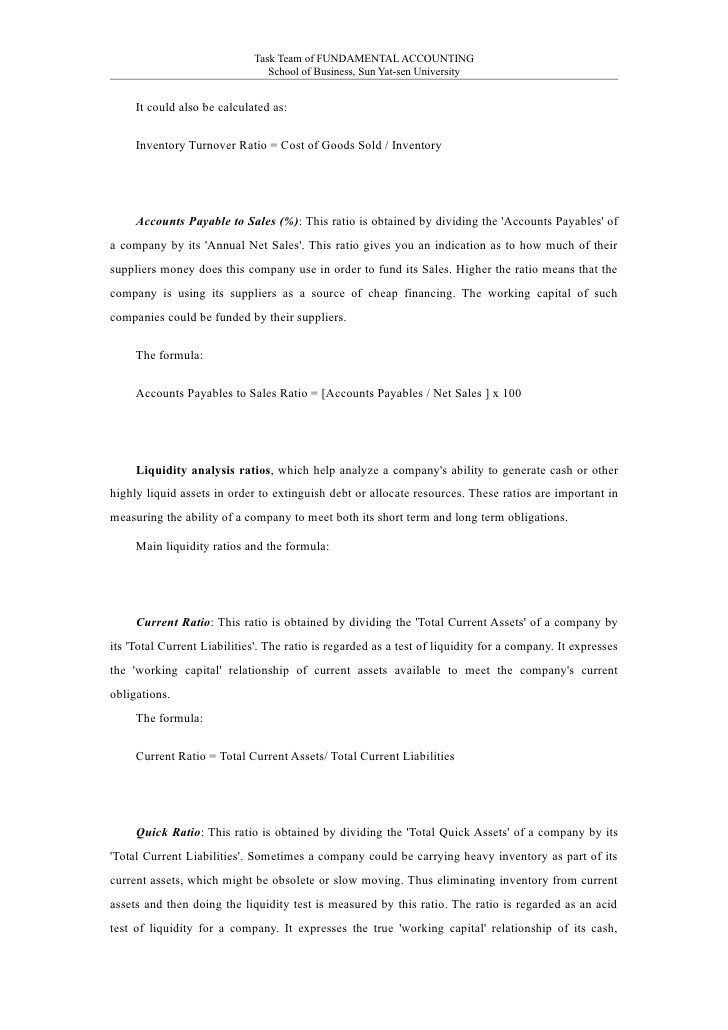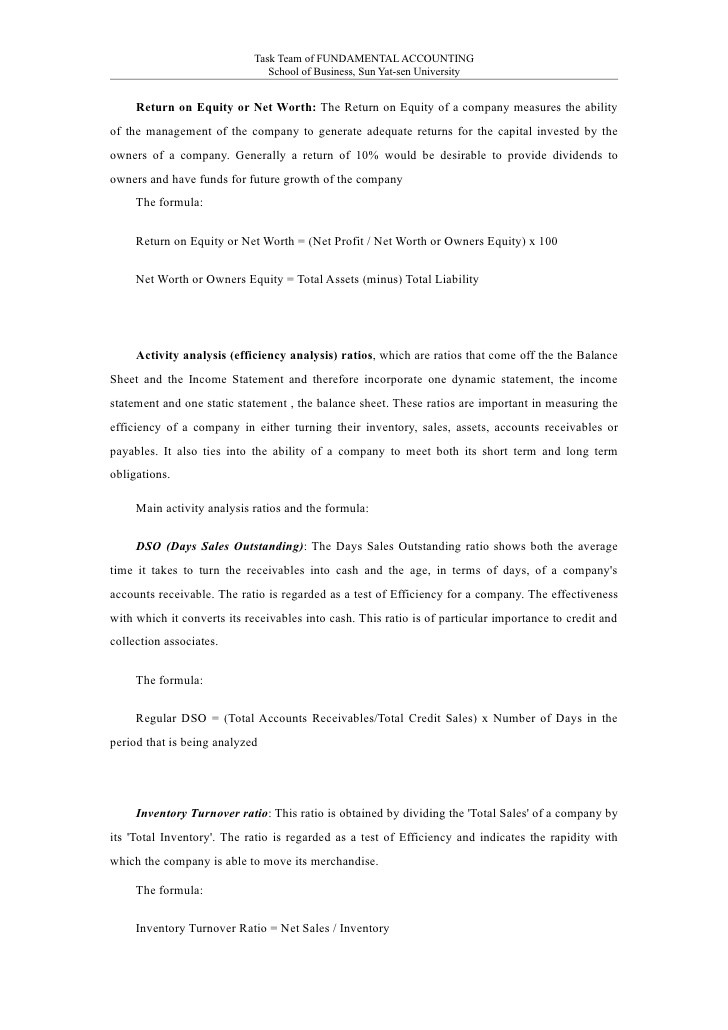The Purpose of Notes on Financial Statements Video Lesson Transcript
Post on: 12 Май, 2015 No Comment

Instructor: Rebekiah Hill
Rebekiah has taught college accounting and has a master’s in both management and business.
Financial statements are very important in accounting and finance. In this lesson, you will learn about notes to the financial statements, what information they may give, and why they are important to financial statement users.
The Fine Print
Have you ever purchased stock or made an investment? I can remember my very first stock purchase. It was just a small investment, but I was proud. I looked through the stock information and made a guess on what stock I wanted to purchase. My mother, in an attempt to help, explained the need to look at the financial reports of each company. She also told me to pay attention to the fine print. I had no idea what she was talking about. It turns out that the fine print had a different name. This fine print is called the notes to the financial statements and is used to give additional company information to financial statement users.
What Is Included in the Financial Statement Notes?
‘But Momma,’ I remember saying, ‘What does the fine print matter? Everything I need to know is in the numbers at the top.’
‘I’ll tell you what,’ my Momma said to me, ‘Let me teach you a little something about the fine print.’
Generally accepted accounting principles. or GAAP for short, are the guidelines that dictate how things are reported in the financial statements, what is reported in the body of the financial statements, and what is disclosed in the notes to the financial statements.
There are ten common items that may appear in a company’s notes to the financial statements. The first thing that a company usually wants people to know is what they do, or what they make.
The next thing that the notes may tell is what method of accounting the company uses. It can either use the cash basis or the accrual basis. The cash basis manner of accounting records income when it is received and expenses when payments are made. The accrual basis of accounting records income when a sale is made and expenses when a bill is received. It doesn’t matter when the income is actually received or the expense actually paid.
How a company depreciates its assets is another thing that notes to the financial statements may contain. Depreciating an asset means to reduce its value over time because of normal wear and tear.
The fourth note that may appear in the financial statements tells how the company values its inventory. GAAP regulations require that a company tell how the inventory amount is stated, lower of cost or market. Lower of cost or market means that the inventory will be valued at the lowest replacement cost, whether that be the wholesale cost or the cost that the product is sold at market.
The next note that may appear in the financial statements reports any subsequent events. Subsequent events are things that happened after the date on the balance sheet but before the financial statements have actually been issued. Subsequent events are considered either recognized or unrecognized.
Recognized events require changes to be made to the financial statements. Unrecognized events do not require changes to be made. Writing off a large debt due to a company filing bankruptcy is a recognized event. A machine burning up in a plant is an unrecognized event. The way to classify recognizable versus unrecognizable is to see if any conditions associated with the event existed prior to the balance sheet date.

The sixth note that may be found on the financial statement is one explaining any intangibles. Intangibles are assets that have no physical shape or form. Examples of intangibles are patents and trademarks.
The next type of note that may be seen on the financial statements are those that confirm when financial statements are consolidated. Consolidated financial statements are financial statements that include the financial information for not only one company but also all of its subsidiaries.
Another type of note that may be found on the financial statements is one that explains employee benefits. This note usually tells what types of expenses have been paid for such things as employee health insurance, retirement plans, and health savings accounts.
The ninth type of note that may be found on the financial statements lists any contingent liabilities that may exist. A contingent liability is a liability that has not yet occurred, but the conditions are favorable for it to occur in the near future. An example of this is a lawsuit being filed against company A by company B. The conditions may be favorable that company B will prevail. In this case, company A will need to list this contingent liability in the notes to the financial statements.
The last type of note to the financial statements lists any claims that creditors may have against a company.
The Purpose of Notes
Now that you know what the notes to the financial statements are, let’s talk about the purpose of these notes. Because the financial statements are relied upon heavily by potential creditors and investors, as well as current creditors and investors, the Financial Accounting Standards Board (FASB) wanted to ensure that all interested individuals have reliable information on company performance. The FASB is the governing board for accounting practice in the United States. It was because of this that the notes to the financial statements became a part of financial reporting.
The main purpose of the notes to the financial statements is to further clarify accounting procedures used by a company, as well as to divulge information that has occurred during and immediately after the close of the accounting period. This information is very important when comparing the financial statements of two or more companies. Knowing how the figures were calculated and what outstanding circumstances exist for each company helps financial statement users weigh the differences in the financial statement figures. Knowing that all this information is reported following the specific guidelines of the FASB and GAAP allows these same financial statement users to feel confidant that the information they are reviewing is as true and accurate as possible.














